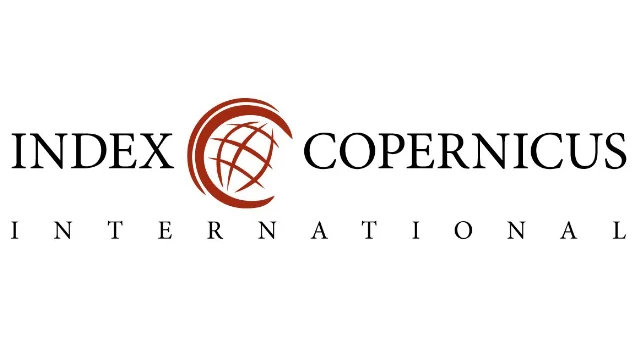A Petri Net Computational Model for Web-based Students Attendance Monitoring
Keywords:
Web based student attendance, Petri nets, computational model, monitoringAbstract
Monitoring student's attendance in classes is necessaryfor proper assessment of their understanding and performance in a course module. Attendance nzonitoring in a manual teaching ånd leanüng setting is easier than in web-based. The major reason for the inherent difficulty is that the latter provides virtual teaching and learning relationship in which students are not seen, whereas thefonner involves physical orface-to-face teaching and learning. Research and evidence showed that good attendance has a direct impact on student's success in a course module. The paper presents an overview of studentteacher relationship in an educational environment. Subsequently, a Inathematical model description using Petri nets is provided to capture web- based student attendance. The entpirical exanzple and corresponding output using Microsoft Excel justified the modeling power of Petri nets. The framework presented can be embedded into custom online academic programnte to track student attendance in course modules.
Similar Articles
- Benjamin Effiong, Emmanuel Akpan, Specification Procedure For Symmetric Smooth Transition Autoregressive Models , Communication In Physical Sciences: Vol. 12 No. 2 (2025): VOLUME 12 ISSUE 2
- Olaleye Ibiyeye, Joy Nnenna Okolo, Samuel Adetayo Adeniji, A Comprehensive Evaluation of AI-Driven Data Science Models in Cybersecurity: Covering Intrusion Detection, Threat Analysis, Intelligent Automation, and Adaptive Decision-Making Systems , Communication In Physical Sciences: Vol. 8 No. 4 (2022): VOLUME 8 ISSUE 4
- Nnabuk Okon Eddy, Rajni Garg, Femi Emmanuel Awe, Habibat Faith Chahul, Computational Chemistry studies of some cyano(3-phenoxyphenyl) methyl isobutyrate derived insecticides and molecular design of novel ones , Communication In Physical Sciences: Vol. 5 No. 4 (2020): VOLUME 5 ISSUE 4
- Oyakojo Emmanuel Oladipupo, Abdulahi Opejin, Jerome Nenger, Ololade Sophiat Alaran, Coastal Hazard Risk Assessment in a Changing Climate: A Review of Predictive Models and Emerging Technologies , Communication In Physical Sciences: Vol. 12 No. 6 (2025): Volume 12 ISSUE 6
- Ugwuowo, Fidelis Ifeanyi, Use of Discriminant Analysis in Time Series Model Selection , Communication In Physical Sciences: Vol. 3 No. 1 (2018): VOLUME 3 ISSUE 1
- Olumide Oni, Kenechukwu Francis Iloeje, Optimized Fast R-CNN for Automated Parking Space Detection: Evaluating Efficiency with MiniFasterRCNN , Communication In Physical Sciences: Vol. 12 No. 2 (2025): VOLUME 12 ISSUE 2
- Fatima Binta Adamu, Muhammad Bashir Abdullahi, Sulaimon Adebayo Bashir, Abiodun Musa Aibinu, Conceptual Design Of A Hybrid Deep Learning Model For Classification Of Cervical Cancer Acetic Acid Images , Communication In Physical Sciences: Vol. 12 No. 2 (2025): VOLUME 12 ISSUE 2
- 1. Anthony I. G. Ekedegwa, Evans Ashiegwuike, Enhanced Firefly Algorithm Inspired by Cell Communication Mechanism and Genetic Algorithm for Short-Term Electricity Load Forecasting , Communication In Physical Sciences: Vol. 12 No. 3 (2025): VOLUME 12 ISSUE 3
- YUSUF MOHAMMED AUWAL, OSITA CHUKWUDI MELUDU, TIMTERE PASCAL, Computational Modeling and validation of Indoor Radon Gas Dynamics and Accumulation Using Ansys Fluent Simulation , Communication In Physical Sciences: Vol. 12 No. 4 (2025): VOLUME1 2 ISSUE 4
- Isonguyo Michael Ukpong , Emmanuel Wilfred Okereke, Inverse Cube Root Transformation: Theory and Application to Time Series Data , Communication In Physical Sciences: Vol. 12 No. 3 (2025): VOLUME 12 ISSUE 3
You may also start an advanced similarity search for this article.




